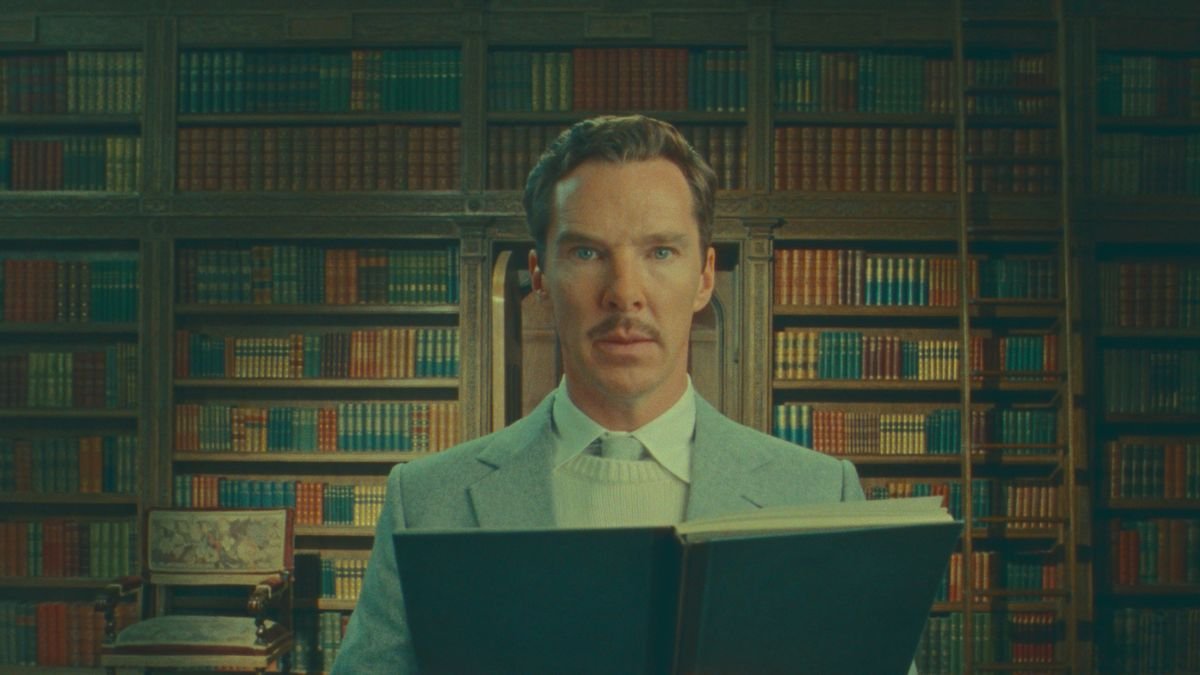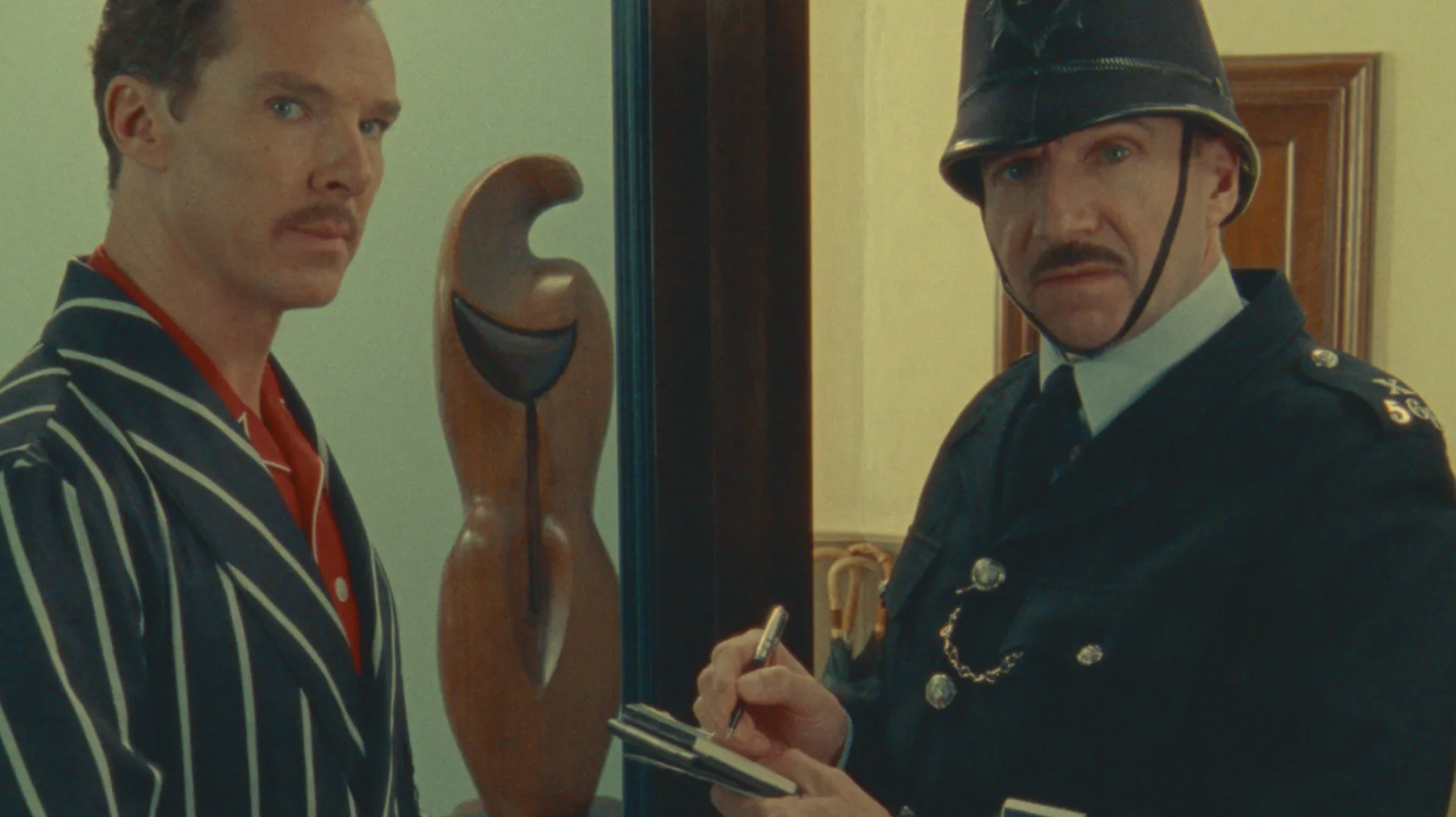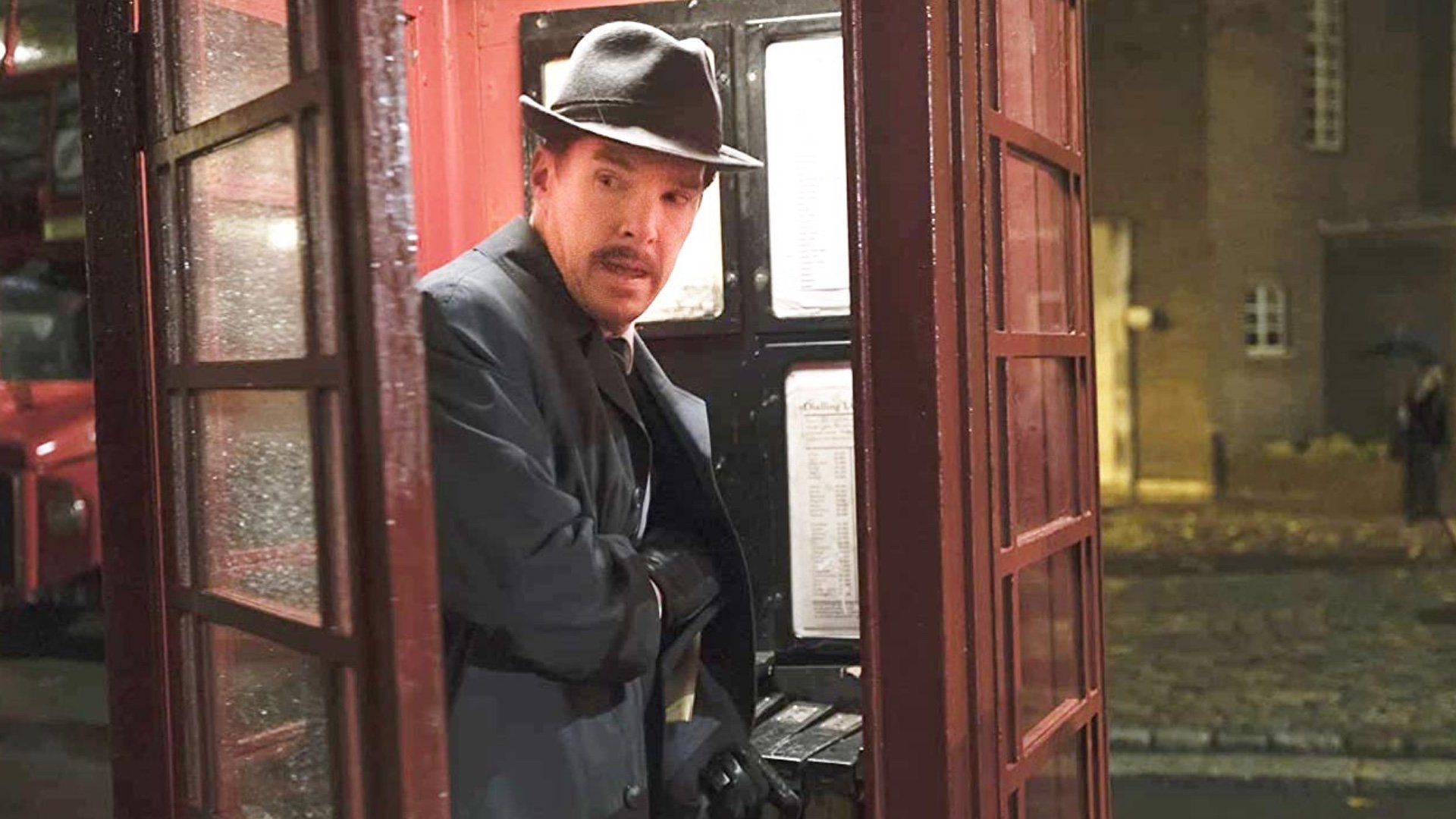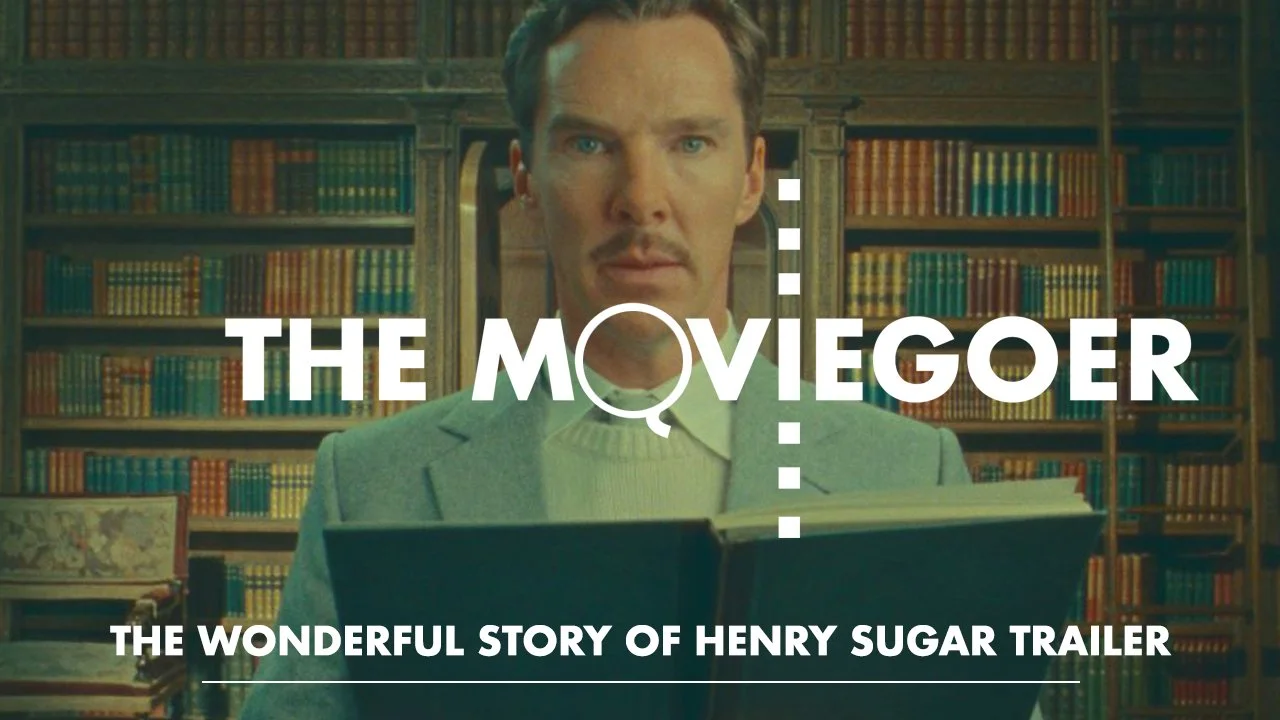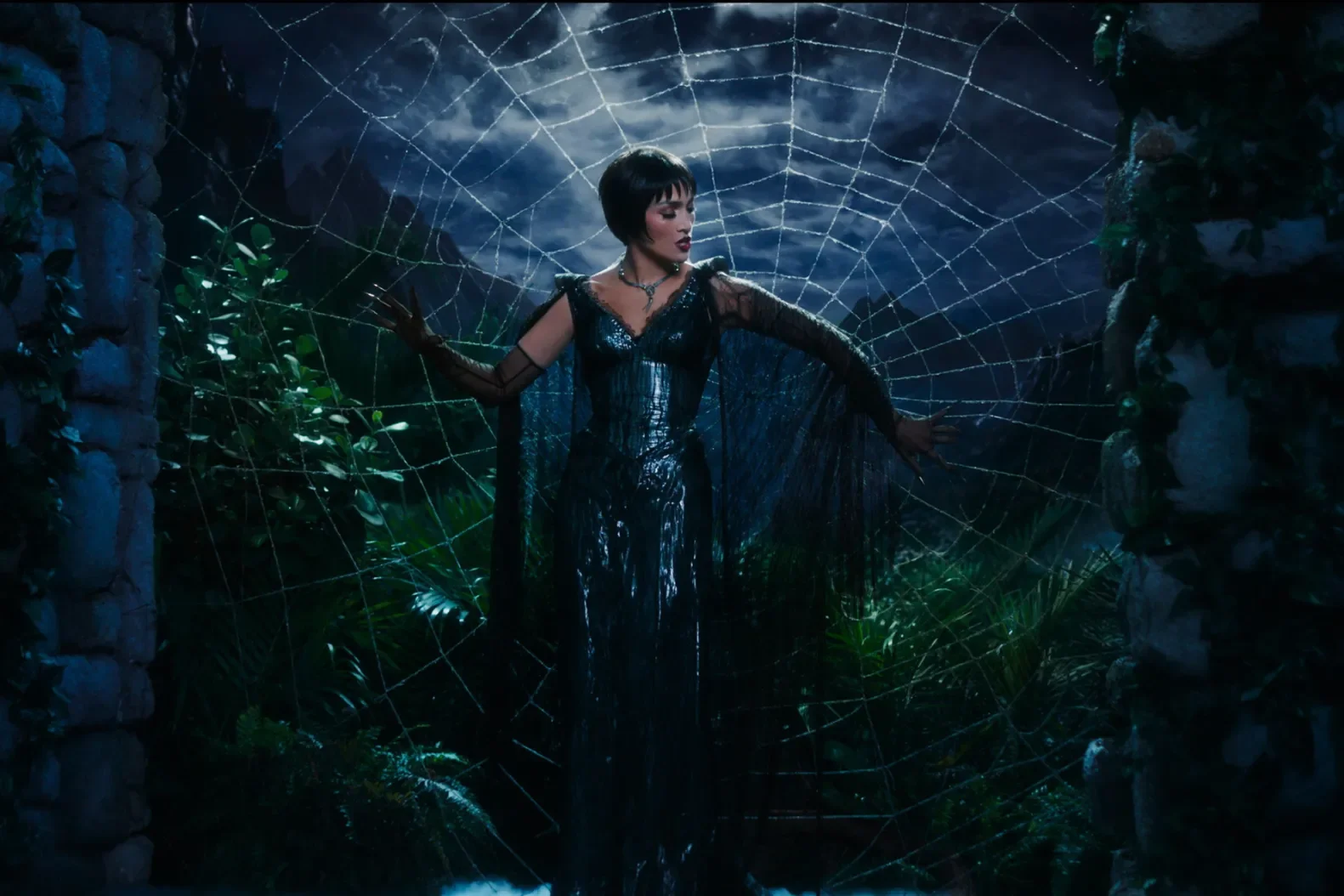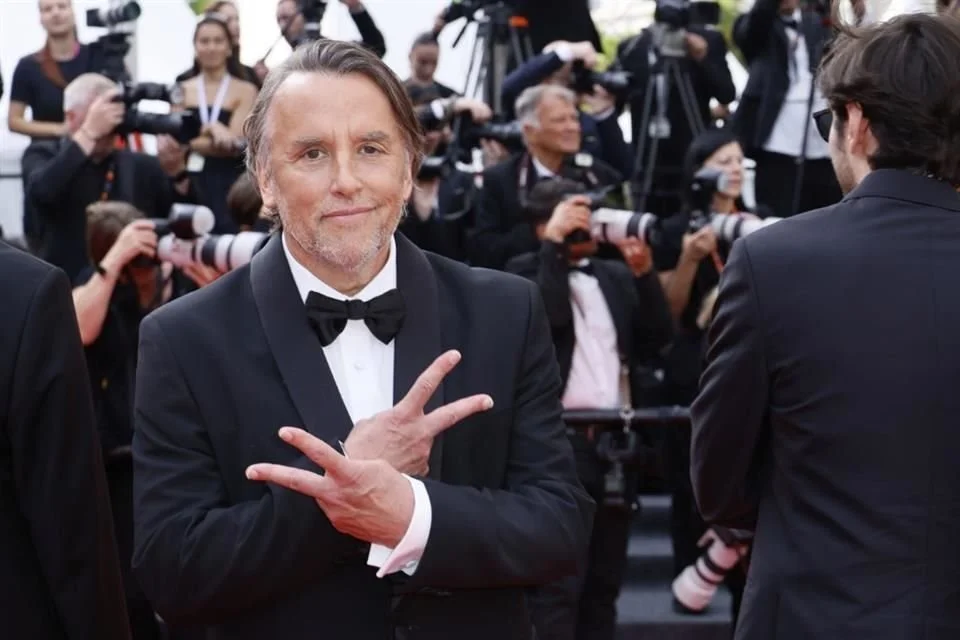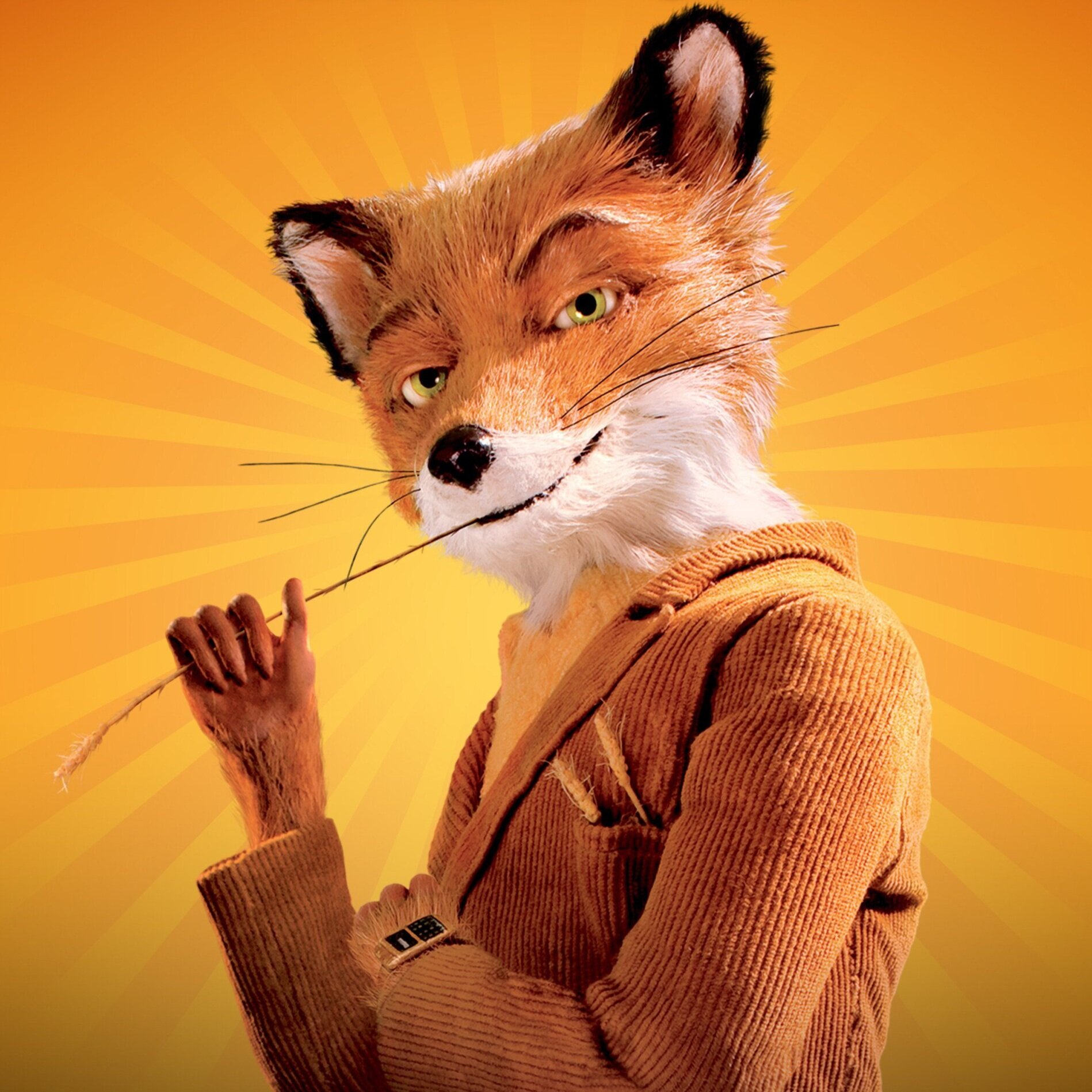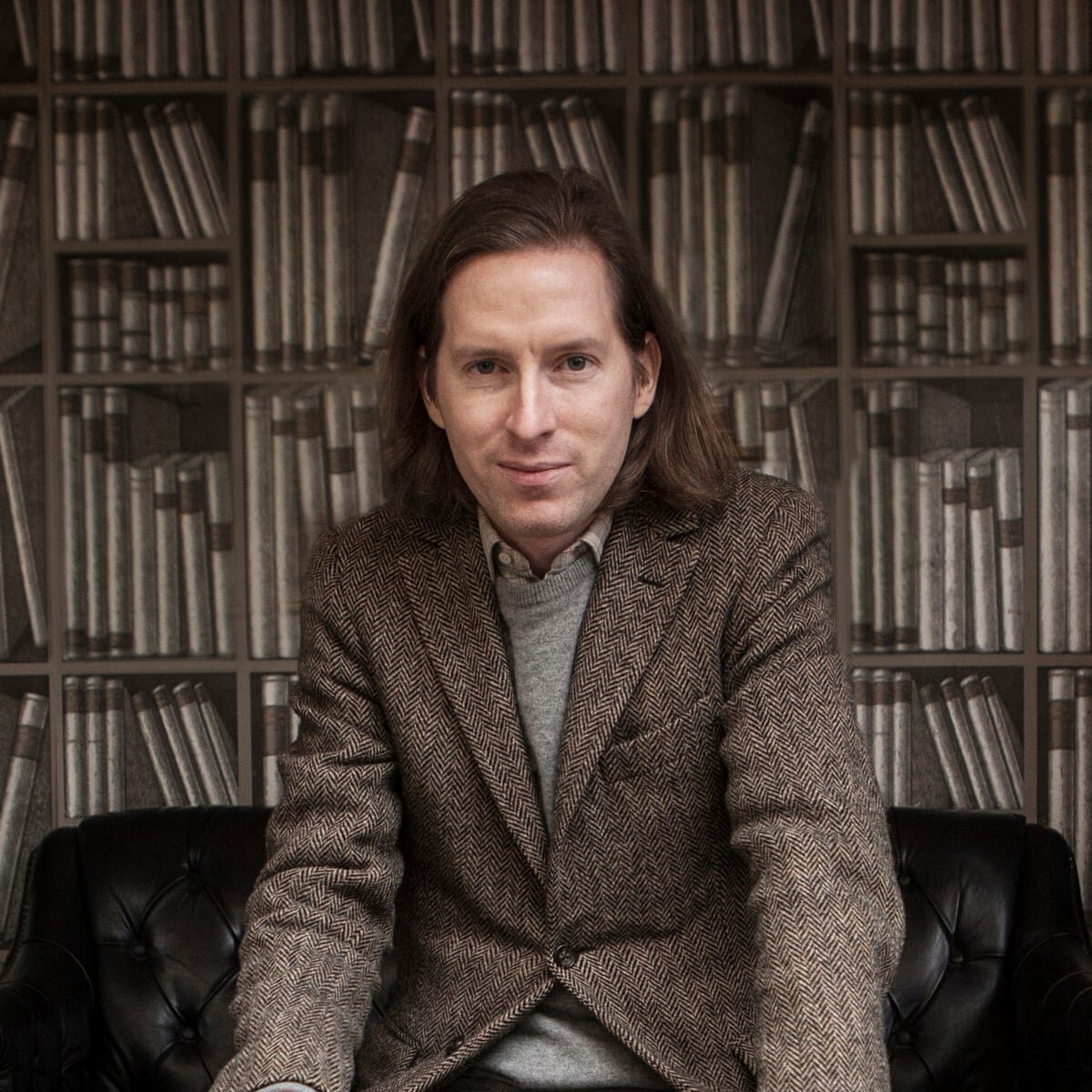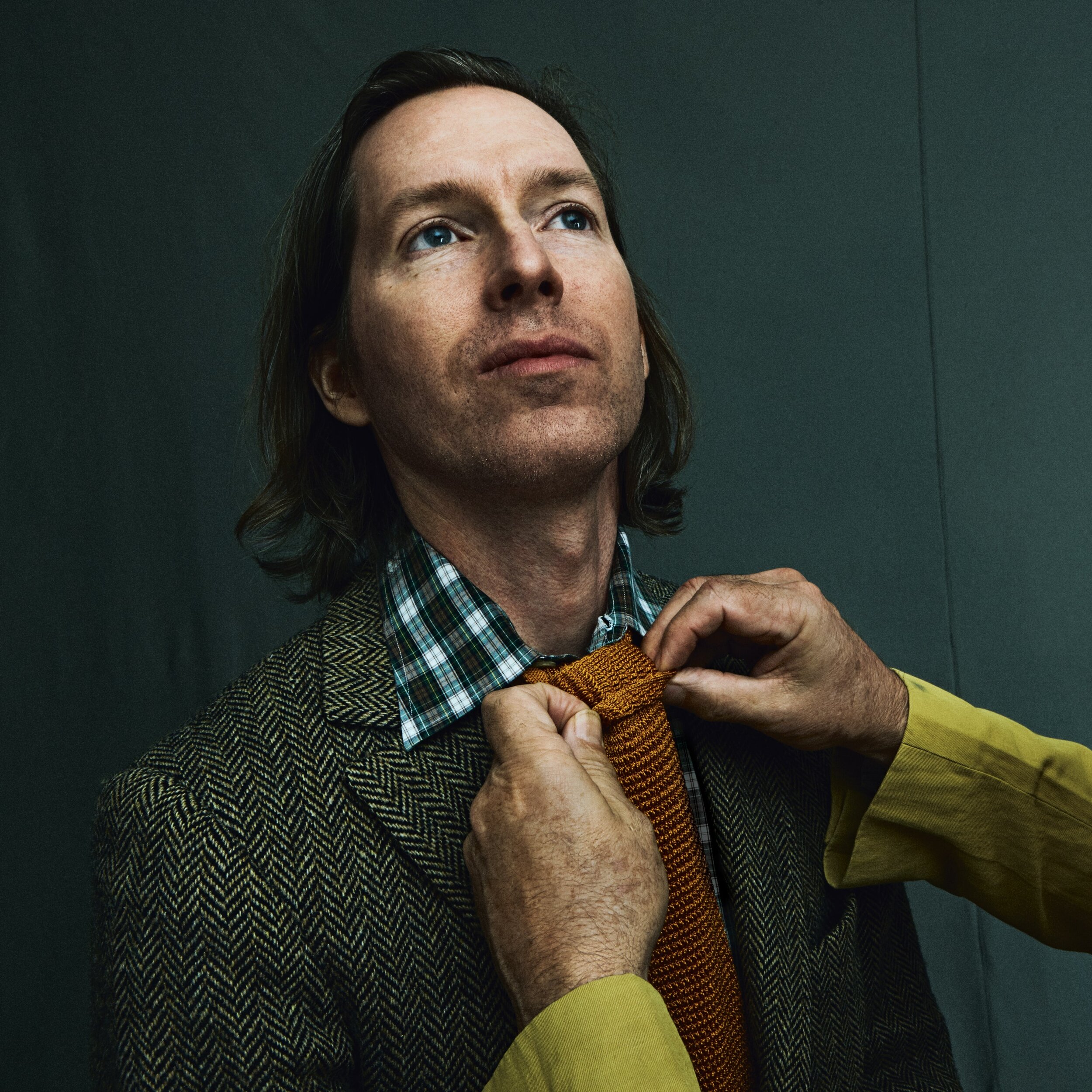Wes Anderson Meets… Sigmund Freud?
The Wonderful Story of Henry Sugar, based on Roald Dahl’s eponymous short story, follows Henry Sugar (Benedict Cumberbatch), a wealthy but selfish individual with a predisposition for reckless gambling. With the help of our narrator, Roald Dahl (Ralph Fiennes), viewers take on the role of the reluctant voyeur as Sugar picks up a book written by Dr. Chatterjee (Dev Patel) which details the story of a man who can see without using his eyes, Imdad Khan (Ben Kingsley). Predictably Sugar’s selfish intentions get the better of him and he decides to follow the detailed education outlined by Khan. Anderson’s star-studded cast attempts to poke fun at the typical Hollywood filmmaking process by permanently opening the fourth wall, supported by editing reminiscent of the French New Wave.
Anderson leaves his personal stamps all over this film, starting with the very first shot, which is of a wall of Dahl’s house, painted Anderson’s signature mustard yellow. The rest of the film is peppered with warm colors, creating a beautiful viewing experience. The rest of Anderson’s preferred motifs are sprinkled in throughout the 38-minute film whether it’s the whimsical yet obvious comedy of the actors playing multiple characters, or the meta-ness of stories nested within stories. His preference for theater reigns supreme and never wavers, as over the course of Henry Sugar, it becomes less of a film, and rather a live-action retelling of a story. Despite the story being written by another wonderful auteur, Anderson finds a way to incorporate his overly intellectual rapid fire dialogue, symmetrical and two-dimensional sets, and tradition of normalizing borderline erratic behavior.
Though The Wonderful Story of Henry Sugar is well acted, the toneless and brisk delivery of Anderson’s dialogue indicates that his primary focus was to keep the plot moving forward and the viewer engaged. By staging the film like a play and repeatedly addressing the audience, Henry Sugar focuses its attention on the relationship between the story and the voyeur. There are four main stories present in the film: the story of Henry Sugar himself, narrated by Roald Dahl, the story of Dr. Chatterjee, narrated by himself, the story of Imdad Khan, narrated by both himself and Dr. Chatterjee, and the story of the yogi, narrated by Imdad Khan. The film peels back so many layers, revealing a new story each time. The level of details provided per story eventually allows the viewer to forget the original story of Henry Sugar. However, the editing style prevents a total loss of consciousness, as viewers see characters walking from set to set, as two dimensional backdrops rise and replace each other. Thus, the film creates a tension concerning the viewer’s level of awareness while watching it. The story structure is so engaging and continuous that the voyeur feels privy to private moments and forgets their presence as a watcher. On the other hand, Anderson’s style of editing mirrors that of French New Wave films, which used sharp cuts to prevent viewers from getting lost in the film. Anderson’s overall hope for the film is to make the viewer question their presence while watching and change their relationship with the typical narrator.
The Wonderful Story of Henry Sugar is not your average short film. Then again, none of Wes Anderson’s films are average. The primary attraction on my part was Anderson’s relinquishment of the auteur reigns by adapting the work of another. In doing so, Anderson challenges the typical relationship between the auteur and voyeur. The auteur appears to change hands from Dahl to Chatterjee to Khan, to even the yogi from whom Khan learns his skills. However, the one voice consistently involved is Fiennes’ soothing British accent. His voice centers the plot, reminding viewers of the real auteur. He never leaves Gipsy House, where the real life Dahl completed most of his writing, giving the film a stable home.
If Russian nesting dolls were turned into a short film. That was my first thought upon finishing Wes Anderson’s new short film, The Wonderful Story of Henry Sugar. Given the fact that dolls have nothing to do with his film, perhaps a better way to describe it would be: if Russian nesting dolls provided the story structure of Anderson’s new short. Henry Sugar presents a whimsical and chaotic story taking place in multiple locations involving an endless set of people, but this is merely a distraction from the true master: Roald Dahl. In your average piece of art cinema, the auteur’s perspective is the only one available in the film. Anderson’s Henry Sugar diverts from this tradition. Each time the auteur changes hand, the viewer is left wondering whose perspective they are watching; that of Anderson, Dahl, Henry Sugar, or even his accountant, John Winston, who commissioned the short story via Roald Dahl. The viewer is left with countless questions, including their own involvement in their interpretation of the film. Therefore Wes Anderson has left us with a Dahl short film with a strangely Freudian influence.
The Wonderful Story of Henry Sugar, as well as Anderson’s three other adaptations of Dahl stories are available for streaming on Netflix.
Popular Reviews
